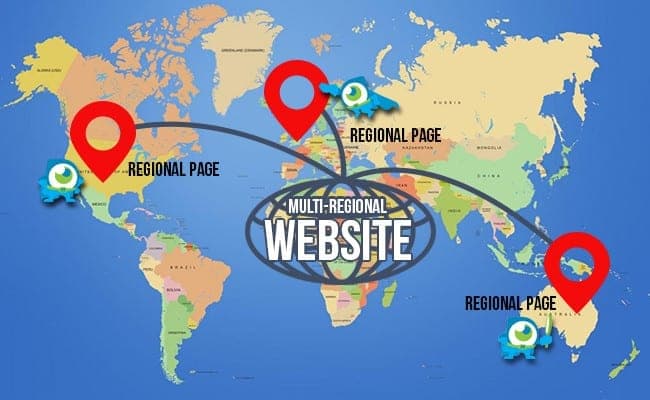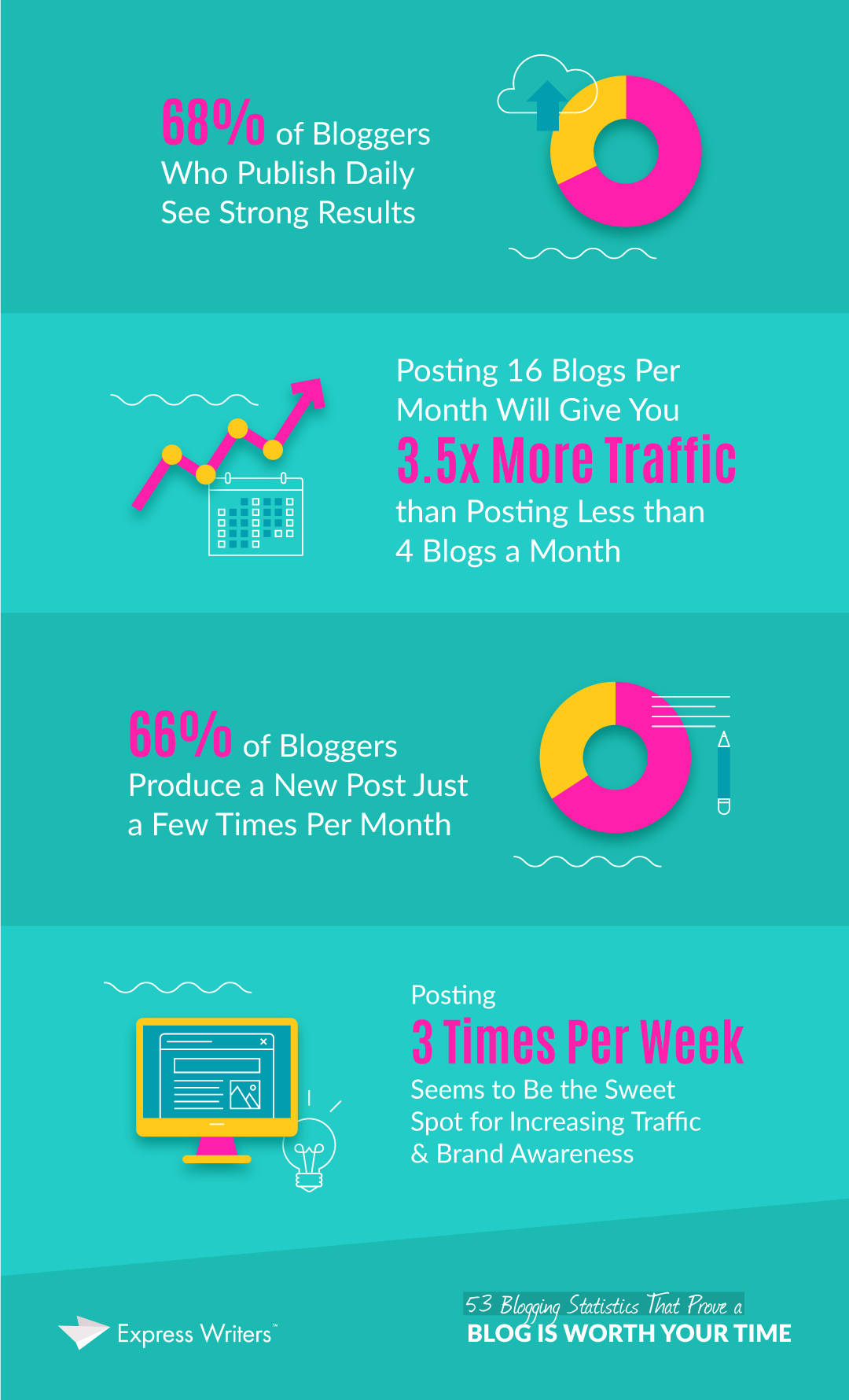
It is not enough to optimize the title of your blog in order to rank highly on Google. The web crawler wants to find keywords within your content, and a basic SEO strategy will make it easier for Google to index and display your content. Headings is another important aspect to optimize a blog for SEO. These help search engines understand the hierarchy and flow of your content. Make sure you include keywords or phrases at the start, middle, and ends of every section when using headings.
Meta description
Your meta description should be written in an organic tone for SEO blogs. Use your meta description to answer the user's query and display your high quality content. Websites that look like spam are a negative impression on users. You'll get more clicks if you write for people and not robots. Here are a few tips to help you write a compelling meta description:
Make it exciting: Include your main keyword within your meta description. Google does NOT count your meta-description when indexing your webpage, but it does help to grab a user's interest. Your meta description should be between 140-160 characters. Bold the most important words. A call to actions should also be included, such that a link to the website is included. A meta description that is well written has a compelling call to actions.
Meta description is a great way to promote your company. It is a great tool to grab a user's interest and persuade him to click on the link. A high-quality meta description can increase your site's website traffic and increase sales. To encourage users, a call for action should be placed at the end. Your meta description can be rendered useless if your description is too lengthy or contains outdated information.
A meta description not only makes your website more readable, it can also help you increase your click through rate. The meta description, when used correctly can improve your organic traffic as well as your rankings. The meta description plays a moderate role in Google's search engine results. Your page may be ranked on page four if your meta description isn't optimized. A meta description is worth the effort even if you have a low click-through.
Keywords in the title
To get the most out of your SEO blog posts, you must make sure that you use focused keywords in the title of your articles. Keywords in the title will let you know the direction and likelihood of your content reaching your target audience. Search engines categorize web pages based the keywords included in them. These crawlers are able to use their advanced technology to evaluate the quality and relevance of the material. In order to increase your articles' search ranking, you should include specific keywords in their titles.
Use phrases that are related to crossfit training and crossfit gyms if you own a gym. Use only one keyword per article. Too many keywords in a single article can appear spammy to search engines. This makes your content less useful to your readers. Your articles will rank higher for long-tail keywords than they do for short-tail keywords. Using these phrases is a great way to rank higher for a keyword in Google.
The title of your SEO blog should be between 60-70 characters. The title tag must include the focus keyword at the beginning. You should also use your chosen keyword to convey the benefit of your article. Keyword stuffing is a bad practice. Google warns against keyword-stuffed titles. Therefore, make sure you use a strong focus keyword in your title and make sure that your audience can understand what it will get from your content.
Just putting your keywords in the title is half the battle. The title of your article should be at least 60 characters long and not exceed 575 pixels. Your title should live up to the promise it made. Make it easy to read and scan. SEO is about planning. You should make sure that your title is as effective and relevant as possible.
Internal links

There are many methods to increase search engine optimization (SEO), on your website or blog. Use internal links to direct users on your website to different pages. These links can take you to different pages and content. This not only improves the user experience but also boosts search performance. Remember that internal links do not work the same as backlinks and readers will be unable to find them by themselves. However, internal links can be used in the right places to accomplish this.
Adding relevant internal links in your blog is an SEO-friendly way to attract and retain readers. Links can be created in many different ways by different websites. Therefore, it is crucial to choose the right anchor text and words for your link strategy. Internal links can be used to increase attention and make your visitor stay longer on your site. For best results, make sure to use internal links that point back to relevant content and offer a useful solution for a user.
If possible, internal links should point to the main target keyword. Google won't penalize you for using exact match anchor text. However, it is unlikely that Google would. It should not be keyword-stuffed. Do not manipulate your anchor text to boost your rankings. This is against Google's webmaster guidelines. This is a much more effective method than you might believe.
To optimize internal links, you can create content about topics that are related to your core business. A Columbus landscaping company generates more searches than the "best smartphone" phrase, with 390 searches per month. Your SEO efforts can be improved by strategically including links to internal pages in your blog posts. You can do this by anticipating what questions your users might have while browsing your website.
Schema markup
To improve search engine rankings, schema markup can be used in blog posts. To create schema markup, visit Google Structured Data Markup Helper. This tool allows you enter the URL of your website and select a category. The HTML code can then be copied. This tool creates a tag manipulator as well as a rendered page in new windows. You can click on individual elements and tag them.
There are three types if schema markup: NewsArticle TechArticle or Microdata. Each type can have a different set of flags, depending on the content of the post. NewsArticle, on the other hand, is for articles that cover current events. TechArticle can include flags that indicate technical content. An example is a HowTo article. These flags could indicate the technical level of its author, the software used and any dependencies.
Google has made it much easier to create schema. It allows you to tag data so that similar content is displayed in search results. Schema markup is highly recommended for blog posts in order to increase brand awareness. If you are a small business with a local address, schema can be used to advertise your business. The schema can also be used to promote your business and events. Schema markup is a great way to improve your SEO blog posts. These links will help you to decide what schema markup to use.
You can also use schema to optimize content. Search engines can understand different elements on a website's markup. Schema markup can be used to identify ingredients, instructions steps, and ketogenic diets if you blog about food. You can also use schema for your review blog. You can also use schema to help your review blog rank higher in search engines.
Copyright for image

If you are thinking of using an image for your SEO blog, it is essential to check the owner's permission. Many PR agencies do not share images from their websites, and you may not be able to use them. Contact them to learn who owns the image. Most times the owner is happy to give permission for you to use the photo. Here are some tips for complying with the law
Do not use Google images. You should contact the owner of an image before using it on your blog. Google allows you search for images but you must get permission before you can use them. You can request permission to use the image if you have trouble finding it. This will ensure you don't violate any copyrights. Image copyrights can make the difference between a successful SEO blog and a website that gets banned from search engines.
Be sure to verify the copyrights of any image on your blog. It's illegal to use images from Google Images. You can't steal images from Google Images without permission. This will discredit the original image creator and put you at risk of legal repercussions. If you have permission from their owner, fair-use images and public domain photos are allowed. You can consult an intellectual property lawyer if you are still unsure.
Images used in SEO blogs should be the same author and have the same attribution. Images that are humorous or creative are more likely to be used in SEO blogs. However, it is important to check the license terms. Some images can be freely used, but some restrictions apply. You should not use images unless you are certain of their author. If the images aren't royalty-free, it could be a violation of copyright. You could also face a lawsuit that could cost you a lot.
FAQ
Google Adwords - Can I Increase Sales?
Google AdWords is a popular tool for advertisers looking to promote their products or services on the internet. Users click on sponsored advertisements and then visit websites associated with those ads. This helps generate sales leads for businesses.
Why SEO strategy is essential?
The main goal of search engine optimization (SEO) is to increase traffic to your site by getting as many people as possible to find you when they use Google.
Search engines such Google, Yahoo!!, Bing and others keep information about websites on servers called crawlers. These crawlers transmit this data back the company's central repository. This allows them to index web pages and make search results.
People will click on your links and visit your pages if you appear high in the results. This means that you won’t be found in searches.
Ranking highly in search engines such as Google and Yahoo is the best way for your site to be found. You can achieve this by using two methods: organic and paid advertising.
Paid Advertising – Paid advertising is when companies pay per click to have their ads appear higher than other sites in search results. These ads could include banner ads and text ads as well as pop-ups and e-commerce widgets.
Natural Organic Links – These links are created by sites that have been built over time and gained the trust of your industry. Blogs, guest blogging, commenting and linking are all ways to build links.
You must continually invest in both types of marketing to stay ahead of your competition.
Is it better to hire an agency than do it on my own?
An agency is a great way to get started. First, an agency will usually provide everything you need to get started. A lot of agencies offer training so you are familiar with what to do when hiring them. They can also handle any tasks required to rank your site higher.
What is a Blog Post?
A blog is a website that allows visitors to share their articles. Blogs usually contain a mix of written posts and images.
Bloggers may blog about their own experiences and opinions. Some bloggers, however, prefer to write about topics related their business or their careers.
Blog owners can use a simple-to-use program called a blogging platform' to set up their blogs. There are hundreds to choose from when it comes to blogging platforms. Tumblr is the most popular, while Blogger and WordPress are the others.
People read blogs because it is interesting. Write about a specific topic if you want to write.
Provide useful information and resources to aid readers in understanding the subject. To illustrate, when you write about improving your site, don't just tell readers to go on Google and check out other business' websites. Instead, give detailed instructions on what steps to take to create a successful website.
It's worth noting, too, that how well your blog is written will determine whether or not people enjoy it. A blog that is not clear and concise will not be read by anyone. Poor grammar and spelling are also a problem.
You can easily get distracted when you first start blogging. Be consistent with your posting schedule. Only publish content once per day. It shouldn't feel like a chore to maintain a blog.
What is an SEO strategy?
The content of a website is an important part. You won't be able to rank high enough in searches if your website doesn't provide relevant and useful content.
SEO campaigns optimize your website by obtaining links from other sites back to yours. It includes social media optimization. This involves using Twitter and Facebook to increase brand awareness and drive more traffic.
These will help bring more visitors to your website and improve your rankings. SEO campaigns focus on building quality backlinks to your site in order for Google to recognize your website's value.
What Does SEO Mean For Small Businesses?
Competing with large companies that spend millions in advertising is the biggest challenge for small businesses. Search Engine Optimization (SEO), allows small businesses to benefit from the same marketing power, without breaking the bank.
Statistics
- Sean isn't alone… Blogger James Pearson recently axed hundreds of blog posts from his site… and his organic traffic increased by 30%: (backlinko.com)
- Which led to a 70.43% boost in search engine traffic compared to the old version of the post: (backlinko.com)
- And 90%+ of these backlinks cite a specific stat from my post: (backlinko.com)
- Deleting those 10k pages is one of the main reasons that he improved his site's organic traffic by nearly 90%: (backlinko.com)
- 93%of online experiences today begin on search engines. (marketinginsidergroup.com)
External Links
How To
How can I tell if I'm doing SEO well?
There are several ways that you can determine if your SEO is doing a great job.
-
Your bounce-rate should be below 30%. That means users must leave your page before they click on anything else. A high bounce rate indicates that your audience doesn't trust your brand or isn't interested in what you're selling.
-
Visitors visit multiple pages of your website. This shows that they are interested in your site and find something useful.
-
Your conversion rate has improved - your customers are more aware of you product or service, and want to buy it.
-
Your average site time is increasing. Visitors spend more time reading your content.
-
Increased traffic from search engines is a sure sign you're doing excellent SEO.
-
This means that you are getting more social media shares - it shows that others are sharing your content and reaching new audiences beyond your own followers.
-
You are getting more comments in forums - this means that people respond positively about your work.
-
There's more engagement around your website - more likes, tweets, shares, and likes on posts.
-
Your rank is rising in SERPs, which shows that your hardwork is paying off.
-
Your website is generating more leads - this means that people are finding your site organically and contacting you.
-
Your sales are growing. This means that people who come to your website looking for products and services are now purchasing them.
-
Your blog post receives more views/comments which indicates that people find your content informative and useful.
-
You get more subscribers to your email list - this shows that people trust you enough to subscribe to receive updates about your business.
-
The sales are increasing - this means that people are liking your products and are willing to pay more for them.
-
You've got more followers on social networks, showing that your fans share your content and engage with your brand.
-
You're getting more PR mentions - this shows that journalists are talking about your brand online. This helps spread awareness about your company and boosts your reputation.
-
You're being recommended more often - this shows that other companies also recommend your brand.
-
Your website is popular because people keep coming back to it. This indicates that customers are happy and will continue to come back for your services.
-
Your competitors are losing ground. This means that they haven't invested as much in SEO campaigns as you. It makes them look bad.
-
Your brand's image has changed - this means your brand is becoming more popular among new customers.